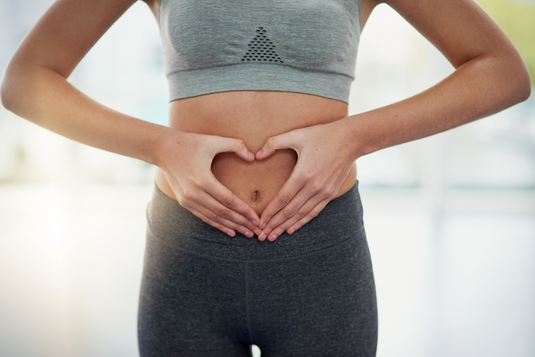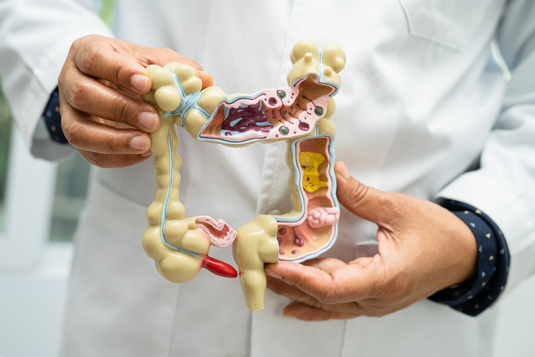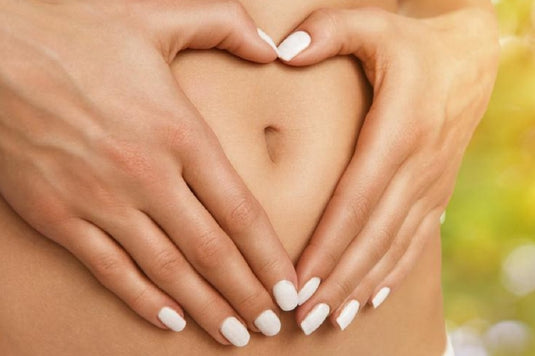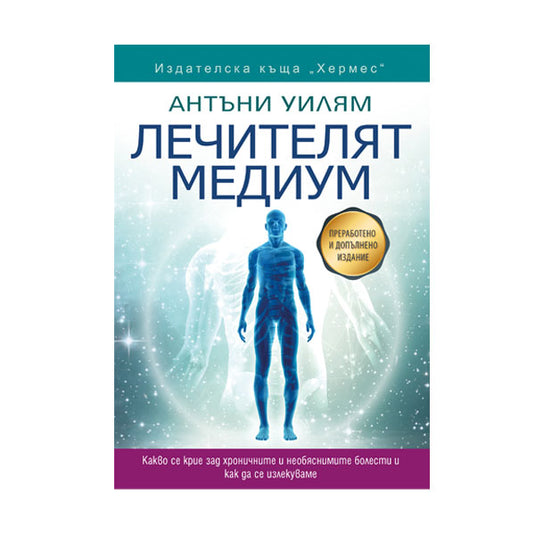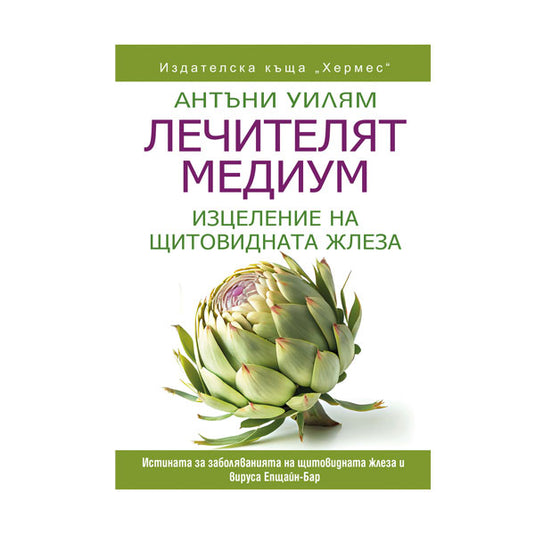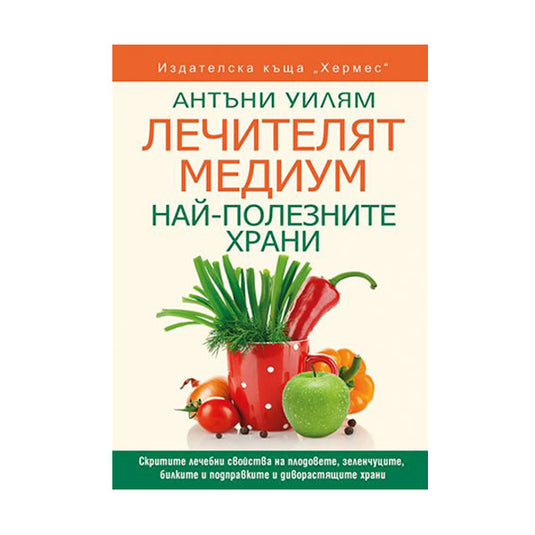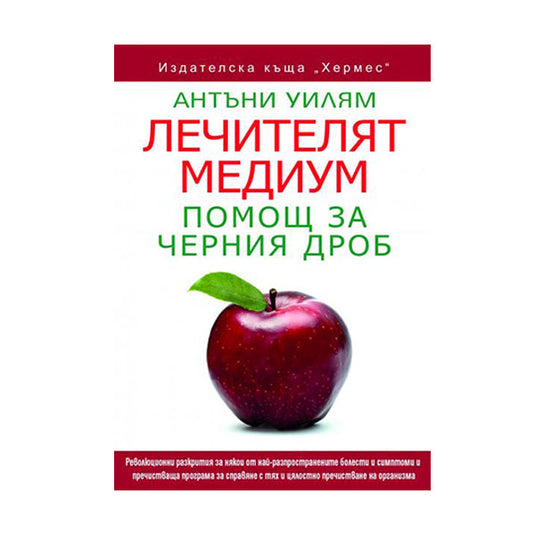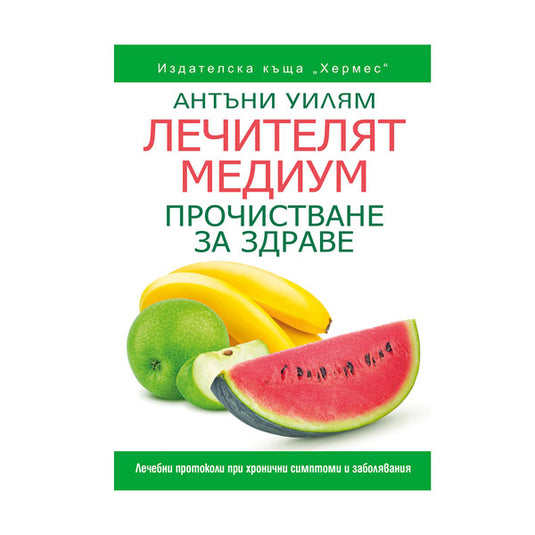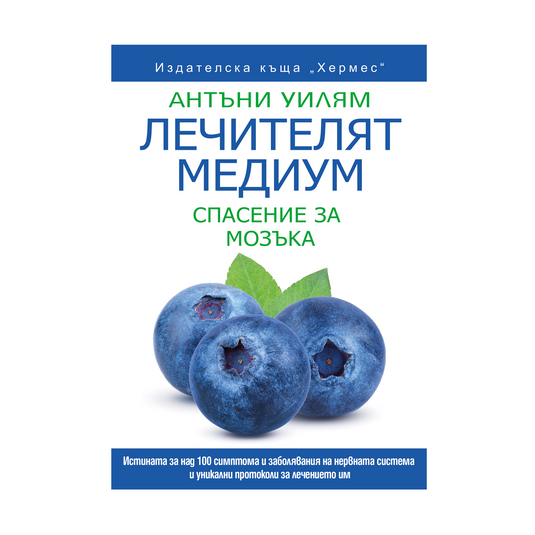Continuation of the article: “Anthony William's Tips for Type 2 Diabetes and Hypoglycemia (Part 1)” .
Although the medical community is not aware of it, the causes of type 2 diabetes and hypoglycemia usually start in the liver and adrenal glands. When you are constantly stressed and going through difficult and emotional trials in your life, it causes the adrenal glands to flood your body with adrenaline, a hormone that gives you energy for emergencies. While this is a useful response to difficult situations, if your body is constantly in crisis mode and you are unable to physically burn off the corrosive adrenaline that is saturating the tissues of your organs and glands, then the adrenaline, combined with a high-fat diet, can saturate your liver and make it sluggish and sluggish.
Normally, your pancreas is smooth on the surface. But chronic adrenaline rushes based on fear or other strong emotions, plus the adrenaline that supplements the glucose, will wear down the pancreas, creating calluses that turn it thick and hard.
Think of it this way: when you’re born, your pancreas is like a brand new credit card. Some people are born with a super offer—a high spending limit, a generous credit line, and lots of bonus points just for signing up. Others are born with lower credit limits, higher interest rates, and fewer bonuses, due to the variety or level of toxins they were born with. Either way, if you’re not careful, you can use up your limit. As people go through life exhausted and stress-relieving with fried or high-fat foods, ice cream, cookies, etc., they increase the balance of their pancreas and use up their limits. ( When this happens, it usually means that the liver is exhausted and has become too sluggish and sluggish to act like the pancreas’ big brother that normally protects it. )
Over time, this strain on the pancreas interferes with its ability to produce enough insulin to deliver glucose from the blood to the organs and glands that need it. And this reduced efficiency alone is enough to lead to prediabetes and type 2 diabetes.
This is not the end of the problem. Your entire body is faced with chronic adrenaline overloads based on strong stressful emotions. Especially if you eat a high-fat meal when you are emotional because you are experiencing a stressful moment, your pancreas will produce insulin that mixes with the adrenaline in your blood, and these hormones clash when they mix. Over time, this can make many of your cells throughout your body "allergic" to the mixture of adrenaline and insulin and cause them to avoid both hormones. Medical research has not yet discovered this "Franken-insulin" hybrid (as Anthony Williams calls it), nor has it understood that the body physically reacts in this way. This is one of the main causes of pancreatic weakness, which leads to decreased insulin production and failure of the body's cells to accept glucose (insulin resistance).
Heavy, fatty meals themselves can also cause an overproduction of adrenaline. This is because the adrenal glands are like a fire station, and fat sets off an alarm bell. When the adrenal glands receive a signal that high levels of fat are in the bloodstream – and therefore have the potential to put the pancreas, liver and heart in immediate danger – the fire department (adrenal glands) sends in (adrenaline) to deal with the situation, acting as a blood thinner while also slightly increasing the heart rate to pull the fat through the arteries and veins so that the blood doesn’t become stagnant from the high fat content. This adrenaline rush also increases the force of digestion to help move the fat through the intestinal tract in the hopes of activating rapid peristaltic action so that you go to the bathroom earlier than normal to expel most of the fat through a bowel movement, rather than it remaining in the digestive tract and being absorbed into the bloodstream and liver. While these functions of adrenaline protect you from a crisis, you also pay a price, as this process can weaken your liver, pancreas, adrenal glands, and heart over time.
On the other hand, the adrenal glands may not be working well enough, meaning they are producing too little adrenaline. This causes the pancreas to work overtime to compensate. If this condition is chronic and you have a low-grade viral infection, your pancreas will become inflamed or enlarged and may eventually start to work less efficiently. A strong liver and immune system can keep pathogens at bay so that neurotoxins or pathogens don’t reach the pancreas, thus protecting it from inflammation.
On the other hand, you can have adrenal fatigue, where your erratic adrenal glands sometimes produce too little adrenaline and sometimes too much. This can play a role in the amount of insulin your pancreas secretes. Inconsistency in insulin release from the pancreas can occur when the adrenal glands are erratic—that is, erratic adrenal glands that cycle between underactive and overactive can cause the pancreas to be similarly erratic. “Fight or flight” can be like a switch for insulin production. Caffeine users manually flip the fight or flight switch on a daily basis, ultimately depleting the pancreas’ energy.
A precursor to type 2 diabetes is fluctuating but low blood glucose levels, called hypoglycemia, which indicates a serious problem with your liver’s ability to properly manage glucose. This can happen if your liver’s ability to store and release glucose is impaired because it’s stagnant and sluggish. It can also happen if you don’t eat at least a light, balanced snack—like a fruit (for sugar and potassium) and an herb, leafy green, or vegetable (for sodium)—every two hours. Skipping meals regularly forces your body to use up valuable glucose stores in your liver, causing it to run on adrenaline, and as mentioned, this can strain your pancreas, create insulin resistance, and lead to adrenal fatigue and weight gain over time.
( If you have a strong liver and are not exposed to high levels of viral and/or bacterial pathogens, you can eat inconsistently for more than a few years and not notice the effects until later. If you are someone who is struggling with a health condition, it is crucial to eat or snack, or at least consume some form of mineral salt and carbohydrates – such as celery juice , coconut water , lemon water , or a balanced snack – regularly throughout the day. A person struggling with hypoglycemia should not engage in intermittent fasting. )
Another important factor is the type of food you eat. There is a widespread misconception that diabetes is caused by eating a lot of sugary foods. In fact, the problem is not the sugar. The problem is the combination of sugar and fat – mainly fat. For example, you could eat fruit all day, every day for the rest of your life and never get diabetes. ( In fact, eating a lot of fruit is the most effective way to add years to your life - you can learn more about this in the article, "The Truth About Fruit" . )
The problem is fat. Most people who consume processed foods and junk foods like cakes, cookies, donuts, ice cream, etc., or people who eat a seemingly healthy main course like chicken but follow it up with dessert, are usually eating a lot of fat and a lot of sugar at the same time. While sugar that is not associated with nutrients ( i.e., that does not come from sources like fruits, leafy greens, herbs, wild foods, vegetables, raw honey, pure maple syrup, or coconut water ) is definitely unhealthy, it is fat that puts a strain on the liver and pancreas.
The first thing that will happen is that the immediate insulin resistance from the high levels of fat in your blood that result from eating animal protein ( whether it’s lean pork, steak or chicken, or fried fast food ) or even a plant-based diet of gluten-free cakes and biscuits full of nuts, seeds and oils will stop your body’s ability to allow the insulin produced by your pancreas to get sugar into your cells. This will mean that there will be a lot of sugar floating around in your blood with nowhere to go. A strong liver will help to collect as much glucose as possible to store for when the going gets tough. Over time, however, a diet high in fat, protein and processed oils – whether they’re healthy fats and oils or not – can put a strain on your liver. The liver can become vulnerable from the constant responsibility of cleaning up excess glucose in the blood, while being bombarded and overloaded with fat, and then having to wait too many hours between meals to recharge. When the liver is overloaded in this way, it dumps all of its stored glucose back into the bloodstream. This can cause hypoglycemia to transform into prediabetes.
Because the liver has to shoulder the burden of processing the fats you eat, a high-fat diet ( which is even found in lean proteins that people tend to think of as healthy ) can make the organ sluggish and unable to store and release glucose the way it should. Large, heavy meals and the glucose drought caused by not eating in between can ultimately lead to type 2 diabetes. At the same time, the pancreas has to produce enzymes to help digest fats. The high amount of fat makes the pancreas work extra hard, and if there are already other factors that are taxing the pancreas, such as strong emotions that cause the adrenal glands to flood it with corrosive adrenaline, a high-fat diet may be all it takes to push the pancreas over the edge and trigger type 2 diabetes.
The good news is that all of the trade-offs described above are completely reversible. Later in the article, we’ll look at how to heal your pancreas and liver and correct your insulin resistance so you can put an end to type 2 diabetes or hypoglycemia.
Treatment of type 2 diabetes and hypoglycemia
Because the medical community doesn't know the real cause of type 2 diabetes and hypoglycemia, they don't provide proper dietary guidelines. They typically recommend a low- or no-sugar diet, advising patients to avoid fruit entirely and focus on protein (whether plant-based, animal-based, or both) and vegetables. The medical community typically considers this advice to fall under the umbrella of a "balanced diet"—a term that isn't as rational as it sounds, since it's not based on an understanding of what really causes these conditions.
Listening to this advice may seemingly bring you some improvements, but at the same time your condition will not only not improve, but will even worsen, since meat is a burden on the body, while eating fruit is crucial for the treatment of diabetes. It is imperative to understand that a diet, always rich in fat, is a leading factor in what initially weakened the pancreas and liver.
Sugar is a harbinger of the disease. And in this case, doctors simply shoot the messenger. And sugar only indicates the presence of insulin resistance, which arose as a result of overloading the pancreas with fat.
It's easy to eat foods high in animal and/or vegetable fats without realizing it. Even a thin, tender steak contains about a tablespoon of concentrated fat, which can put a strain on the pancreas and liver. So when someone is insulin resistant ( even from a diet that seems traditionally "healthy" ) and puts sugar in their system, that sugar is going to cause insulin problems. So suddenly sugar gets all the attention, when it's not really the real culprit.
Of course, table sugar and many other sweeteners are not good for you—Anthony William does not recommend eating them. However, to combat type 2 diabetes and hypoglycemia, it is crucial to reduce fat intake and increase your intake of fresh fruits, leafy greens, herbs, wild foods, and vegetables. We recommend that you familiarize yourself with the cleanse in Chapter 21 of Anthony William’s book The Healing Medium – Revised and Expanded Edition to help heal the liver, pancreas, and adrenal glands and stabilize blood sugar levels.
Your doctor may prescribe insulin. Although insulin lowers blood glucose levels, it does not address underlying problems, such as damaged adrenal glands, damaged pancreas, malfunctioning liver, chronic challenging emotions, and/or insulin resistance.
What follows is a more targeted, daily approach that focuses on healing any possible cause of your type 2 diabetes or hypoglycemia. How long you will need to stick with this program depends on how much damage needs to be repaired. If you commit to studying the information in The Healer Medium's books and customizing these tools to create a protocol that works for you, you will see results.
Since Anthony William began publishing his books, so many people have healed their conditions and symptoms. Some of them heal in a very short time, while others may take longer. It all depends on whether they apply the information correctly and what state they were in when they started.
Take it all in stride. Do what you can for the moment. Little things matter—they really do matter. If you can only try one or two protocols now, by all means stick to them so you can at least make some improvements or prevent your condition from getting worse. If you ever find yourself needing to move on, this information will be waiting for you so you can go as far as you need to.


